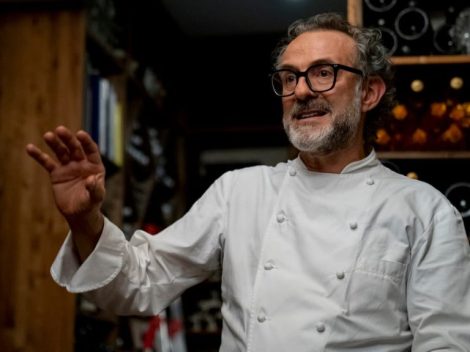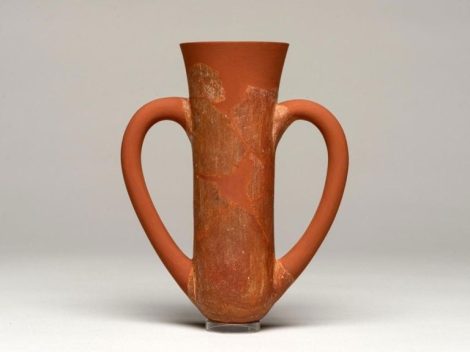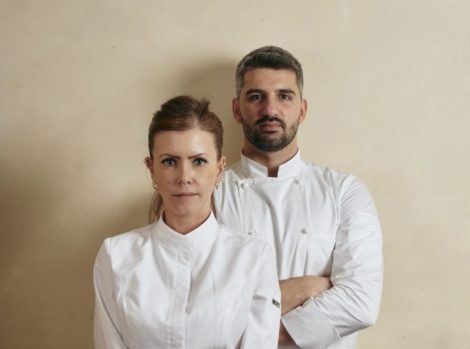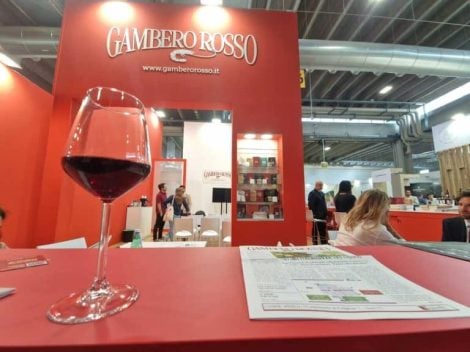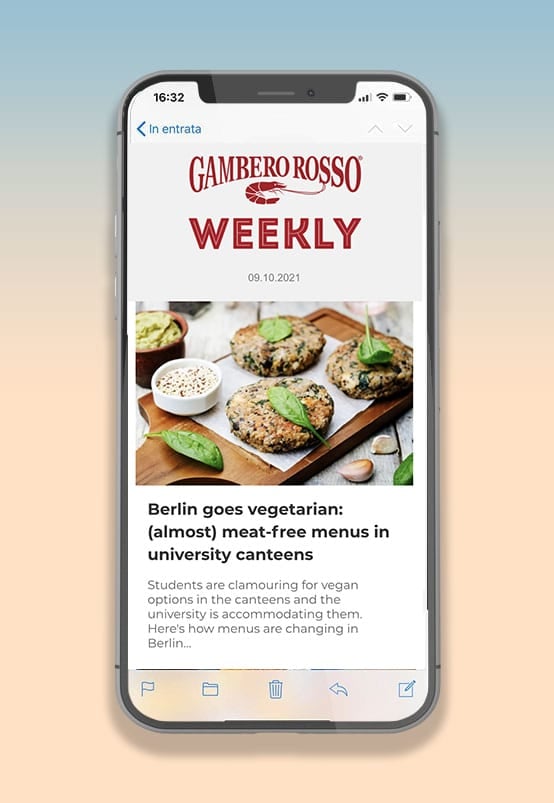Brillat-Savarin called it the diamond of the kitchen. For Alexandre Dumas it was the sacrum sacrorum of gastronomes, so much so that it was included in his Great Dictionary of Cuisine through 23 recipes - ash, champagne, steamed, in salads or as a filling - not least Pellegrino Artusi who in his gastronomic bible dedicated a wide section on truffles and how to use them raw and cooked, as the main ingredient in a succulent truffle sauce; in rice "perine," but also to garnish Bolognese-style cutlets. Gualtiero Marchesi dedicated three pages to truffles in his 'Almanac in the kitchen,' written together with Fabiano Guatteri (Rizzoli-2012), recommending its use in different ways, but also warning us against recognising any qualitative imperfections.
A precious ingredient in the kitchen, especially in a country - like Italy - where most of the edible truffle species develop throughout the year. It was in this context that the Appennino Food Group was born in Savigno, on the Bolognese hills: a company that operates in the selection and distribution of truffles, the result of the intuition of Luigi Dattilo. Passionate about mushrooms and truffles, his personal history intersects with that of the entrepreneurial activity he founded in 1994, leading it in a few years to become the third largest company in the sector in Italy, which in 2020 worked over 32 tons of truffles. But it all began when Luigi Dattilo - as passionate as his brother Angelo about nature, forests, mushrooms and truffles - on his birthday got a truffle-hunting dog named Geo as a gift from his parents, preferring it to a Golf GTI. It was the beginning of an extraordinary adventure.
Truffle seasonality
"Thanks to five species available in nature we can have many varieties throughout the year: there is the famous white truffle, dense with important aromas but difficult to find and sold at high prices. Then from December to late March-early April there is the sweet black truffle, aka Perigord truffle, available for three months. Next to it there is a minor truffle, the 'Bianchetto' which is less valuable than the white, intense and garlicky, thanks to the pine forests from which it receives its resinous notes. Then there's the black summer truffle, which is actually divided in two with the Tuber estivum, of the estivum variety, which starts in May and ends in September. Lastly, the black 'uncinato' hooked truffle. Twelve months in which it is always possible to have fresh truffles," explained Dattilo, who then announced "The goal we have set ourselves is to promote truffles year round."
The project: truffles year round
Luigi Dattilo's goal is to make truffles available in every season, enhancing its quality. And to do this, he developed a system that promises to be innovative: "What we have created is a micro habitat that keeps the product as if it had just been picked, allowing the tuber to maintain its organoleptic properties and unmistakable aroma, and allowing the truffle to evolve." How? "We place the carpophore in an open display case where there are the ideal conditions to continue its growth and evolution and better define the scent and its characteristics." Everything on sight. "The dog," he explained "perceives the scent because it has a sense of smell seven times higher than ours, but we may have to wait and we must do it safely." For this, a suitable tool is needed: "If we store the truffle badly, as I sometimes see, by putting it in a container full of rice in the refrigerator, for example, we will have to throw it away, because the rice will have removed all its moisture, dehydrating it, and transferring its starch which damages it."
How to preserve truffles
"The truffle must be tended to and cared for, especially during storage, because it has a delicate balance." First of all it must be cleaned: "it's necessary to remove the soil and the sand that surrounds it, washing it in cold water with a soft brush in a delicate but firm way. Let's remember that it lived underground, it had to deal with atmospheric agents such as sun and rain, it lived in a contaminated environment like the dirt. In addition," he continued "it is taken in the mouth of the truffle hunting dog. At the end of the cleaning, it should be dried by leaving it out in the air for about an hour, or with the help of some paper towel, finally placing it in a container lined with absorbent paper, which will be placed in the refrigerator between 2° and 4°C." At home it can be kept in the fridge, "Ideally opening the container every day, changing the paper and the air: the exchange of oxygen is essential, in this way we can consume it even after a month." But beware: "the truffle is not a salami, it must not age." However, you can keep the truffle in oil "in which case it's better to choose sunflower seed oil or grape seed oil, ideal because these can store the product in a clean and neutral way respecting it and because they have a higher smoke point than olive oil." Furthermore, during storage, it is necessary to take into account a physiological decrease in volume to which the truffle is naturally subjected, which has a weight especially in the case of the white truffle, which has a cost of €3,500 per kg., or €3.50 per gram.
Truffles and storage in a refrigerated case
This in general. But there is a new tool, invented by Luigi Dattilo, available to restaurateurs: "We have created an ultrasonic refrigerated display case, where to store truffles so that they can continue their growth and evolution and be kept at the right degree of humidity for at least ten/fifteen days, taking care every 2-3 days to top up the water in the internal container, which allows to create the fog effect." The refrigerated display case, made of krion - antibacterial, non-porous material, which can be used in contact with food, eco-friendly because 100% recyclable and highly resistant to attack by substances - is the result of two years of experimentation, and of a happy collaboration with Enrico Bianchini of Italproget, an Umbrian company among the leading companies in the production of refrigerated display cases and customized furnishings.
The intent is to perfectly recreate the microhabitat of the forest thus allowing the truffle to live and be preserved as if it were in nature, while maintaining the ideal humidity of 85°C it needs. In the display case, cold is produced and with an ultrasound system a light beneficial mist is spread, splitting the water molecule and making it light, caressing the truffle which is made up of 80% water, compensating for the humidity that in a natural way loses, creating the ideal conditions for the evolution of the truffle and its conservation, respecting the product and keeping it always fresh. In addition, the onerous problem of weight loss is regulated, which in Appennino Food had an impact of 8% and has now been reduced to 2%. The display cases produced - as work and design tools - are for now 20, inspired by the truffle conservation system of Appennino Food's cold rooms, of which five will go to the Hong-Kong market, five in Riyadh and ten will be located in Europe to selected customers, including the La Scogliera restaurant in La Maddalena (Sardinia), where the project was launched in July. An Appennino Food branded tool, which will not be sold, but given on loan for use. "We are proud to say that we were the first to have conceived this revolutionary project, and we did it for all those restaurateurs who want to offer various species of truffles year round," concluded Dattilo.
How to recognise and use quality truffles
"It must have fragrance, texture and colour, three elements inextricably linked to each other. The carpophore must have a firm, not soft consistency, must not be too dry and have a colour that is not opaque, but rather bright." The white is used exclusively raw and lends itself to embellishing risottos, tagliolini and eggs; while the black can be eaten cooked or raw. Not only: "Each carpophore has a different degree of ripeness, if you have 4 or five truffles my advice is to mix them using them together so that the different characteristics that derive from the different trees with which they have been in contact, such as oak and poplar, can lend greater harmony to the dish."
by Luca Bonacini
IMAGES OF THE CASE, TRUFFLES AND DISHES
https://we.tl/t-KT6hUc8bgq
HORECA CATALOGUE:
https://www.sfogliami.it/fl/210054/9jb956syqyz9uq42tsk9dg45e3v9svef
LIST OF AF PRODUCTS:
https://www.sfogliami.it/fl/193601/gfqdghe9t9g85rnd3vpk37hgsucpnn
E-TRUFFLE PROJECT:
https://www.sfogliami.it/fl/185497/nu4x7nq8yd6utpdvzu45qtxj35pse1
QUALITY AS A COMPARATIVE TOOL:
https://www.sfogliami.it/fl/137832/y0z8nnu2rjspl1pa92o75v8ujrgpqbpg

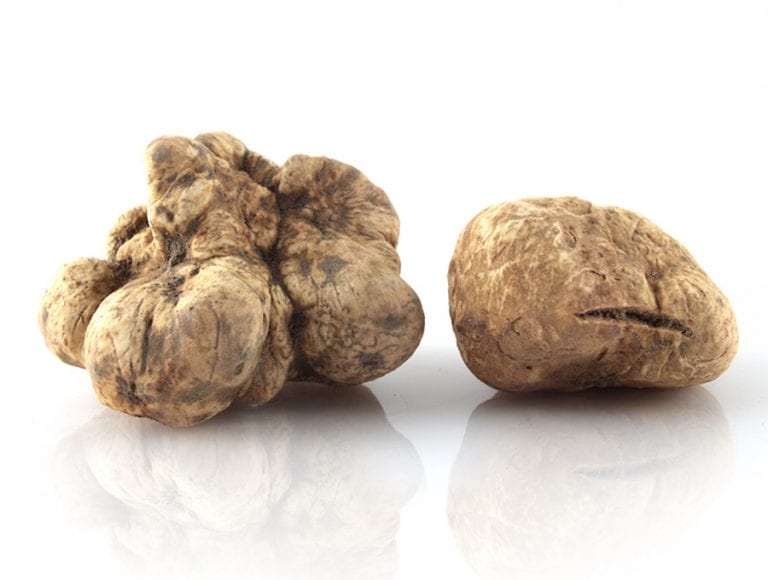
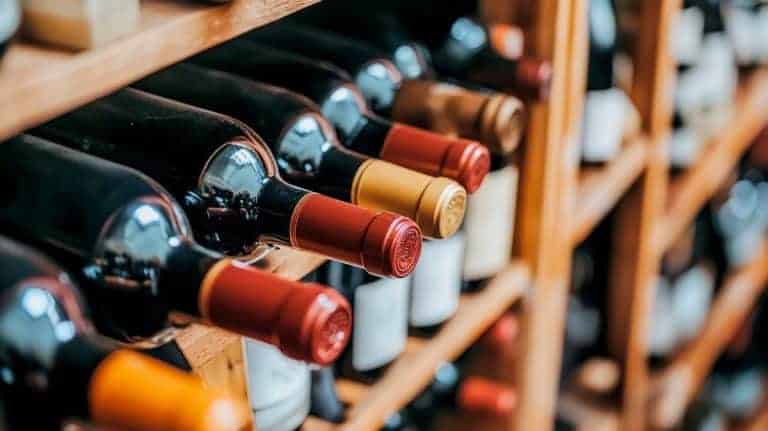 US tariffs: here are the Italian wines most at risk, from Pinot Grigio to Chianti Classico
US tariffs: here are the Italian wines most at risk, from Pinot Grigio to Chianti Classico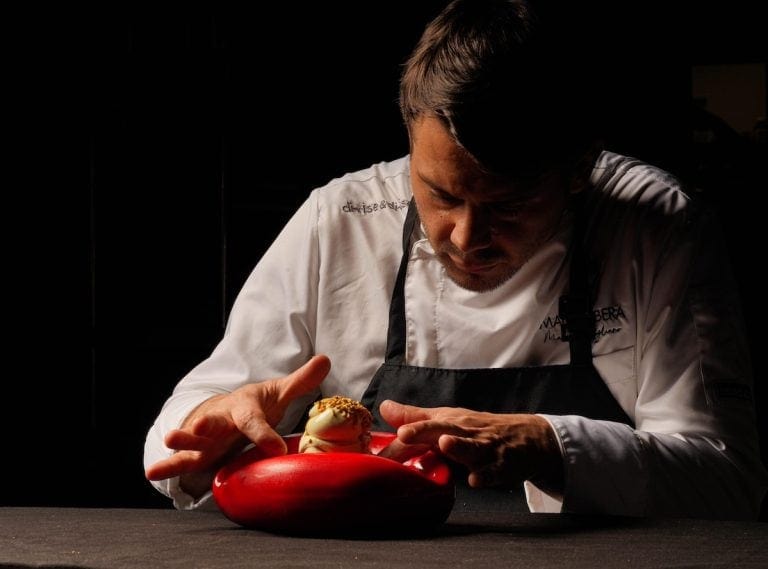 "With U.S. tariffs, buffalo mozzarella will cost almost double. We're ruined." The outburst of an Italian chef in Miami
"With U.S. tariffs, buffalo mozzarella will cost almost double. We're ruined." The outburst of an Italian chef in Miami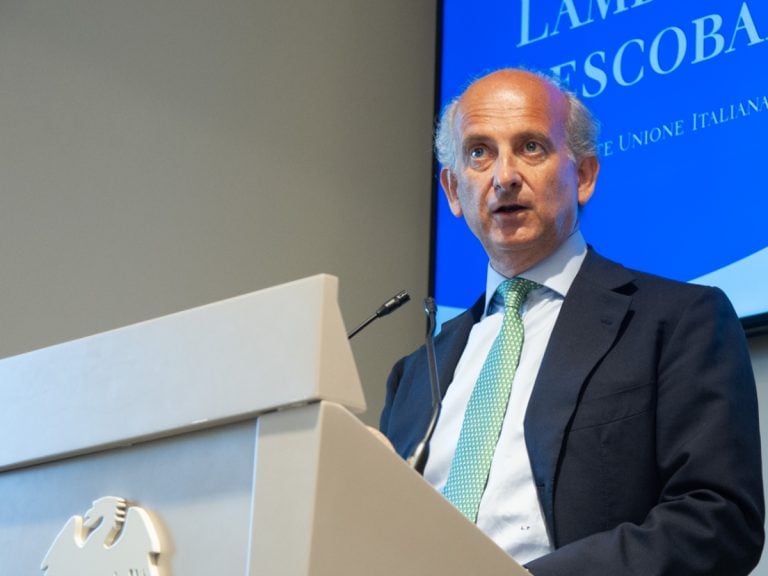 "With US tariffs, extremely high risk for Italian wine: strike deals with buyers immediately to absorb extra costs." UIV’s proposal
"With US tariffs, extremely high risk for Italian wine: strike deals with buyers immediately to absorb extra costs." UIV’s proposal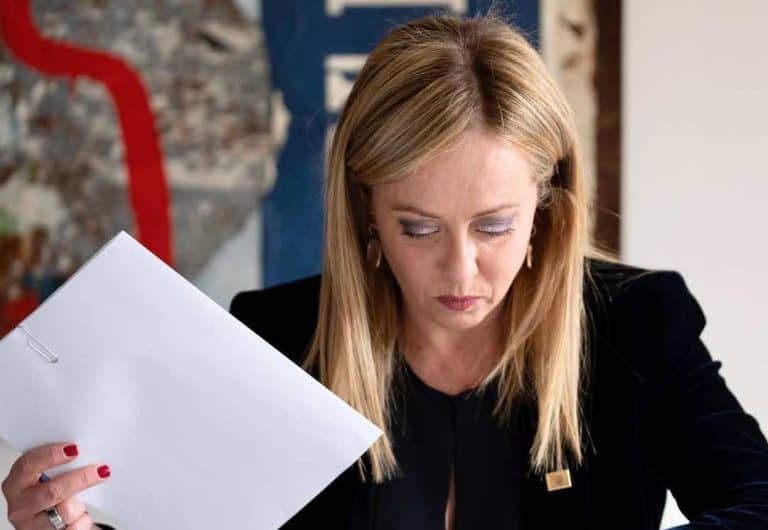 Meloni: "Tariffs? If necessary, there will be consequences. Heavy impact on agri-food sector"
Meloni: "Tariffs? If necessary, there will be consequences. Heavy impact on agri-food sector" The Government honours the greats of Italian cuisine, from Bottura to Pepe. Massari: "Thank you, Meloni, the only one who listened to us"
The Government honours the greats of Italian cuisine, from Bottura to Pepe. Massari: "Thank you, Meloni, the only one who listened to us"